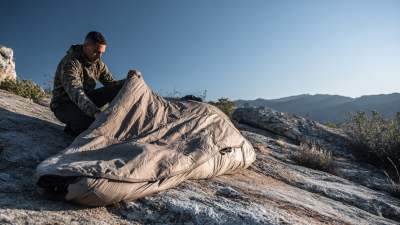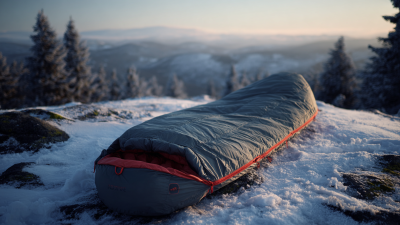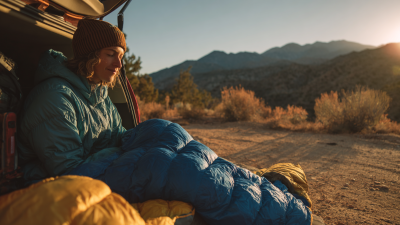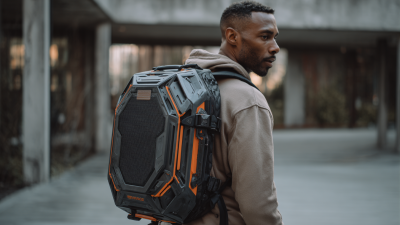Leave Your Message
-
E-mail
-
Whatsapp
When it comes to outdoor adventures, having the right gear can make all the difference, and one of the most essential items is a good sleeping bag. The comfort and warmth that good sleeping bags provide can significantly enhance your camping experience, whether you're trekking through rugged wilderness or enjoying a cozy night under the stars. In this ultimate guide, we will explore the various types of sleeping bags available, spotlighting the features that make some stand out as the "best" options for different climates and activities.
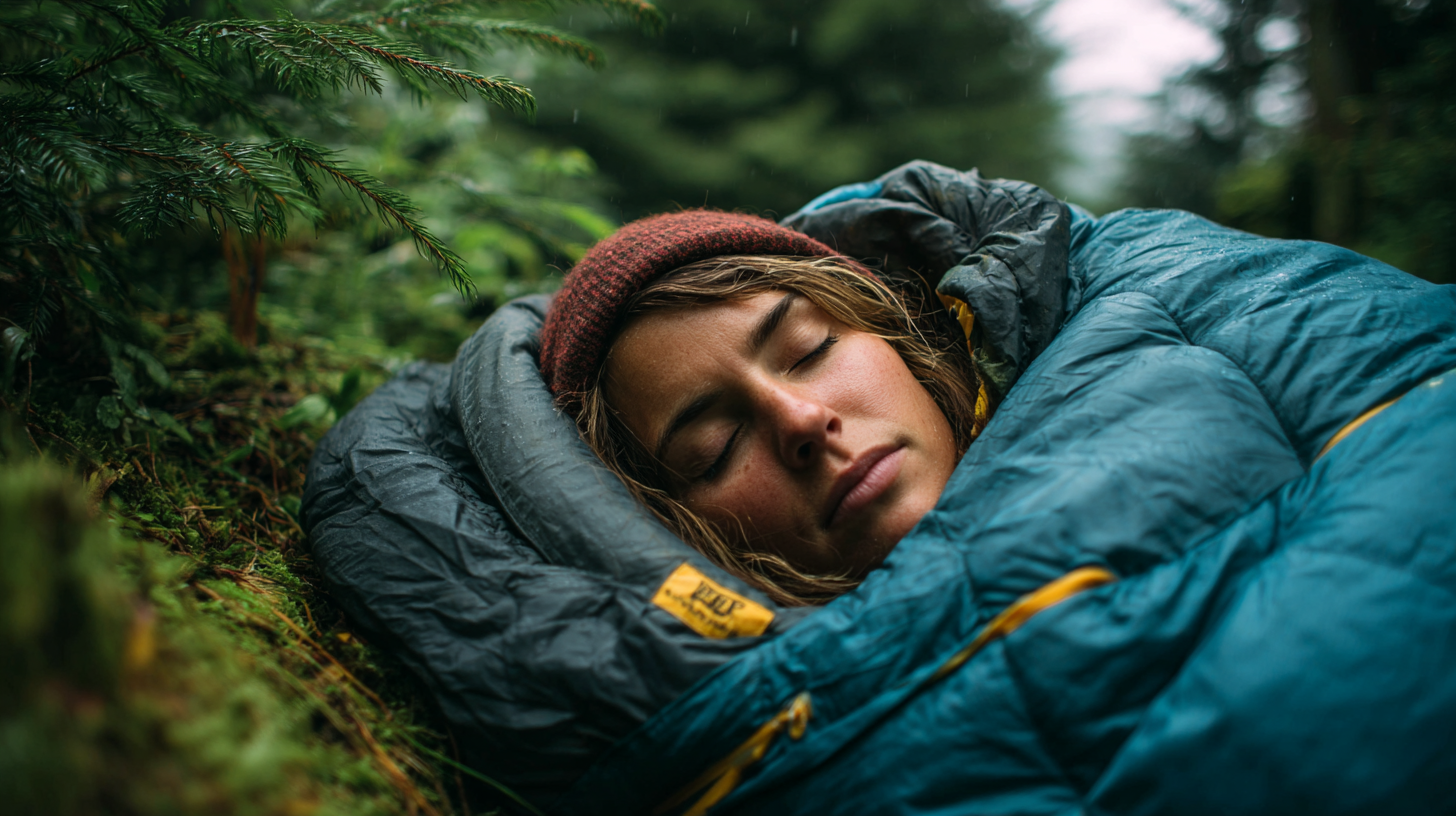
From lightweight models for backpacking to insulated choices for winter camping, understanding what to look for will help you select the perfect sleeping bag tailored to your specific adventure needs. With our insights, you'll be well-equipped to make informed decisions, ensuring you enjoy restful nights in the great outdoors.
When selecting a sleeping bag for your adventures, understanding temperature ratings and insulation types is crucial. The temperature rating indicates the lowest temperature at which the bag is designed to keep a typical user warm. According to the American Outdoor Association, sleeping bags typically fall into three categories: summer (above 35°F), three-season (20°F to 35°F), and winter (below 20°F). These ratings often consider standard conditions, so individual comfort may vary based on insulation type and personal preference.
Insulation comes primarily in two forms: synthetic and down. Synthetic insulation, made from polyester fibers, excels in wet conditions as it retains warmth even when damp. This is particularly beneficial for humid climates or for campers unfamiliar with their adventure’s weather patterns. Conversely, down insulation, usually goose or duck feathers, provides superior warmth-to-weight ratio, making it ideal for backpackers who prioritize pack weight. The Responsible Down Standard reports that high-quality down can provide exceptional insulation at extreme temperatures, making it favorable for colder conditions. Understanding these elements will help ensure you choose a sleeping bag well-suited for your specific adventure needs.
When selecting a sleeping bag for your adventures, understanding the different shapes—mummy, rectangular, and semi-rectangular—is essential for ensuring comfort and warmth.
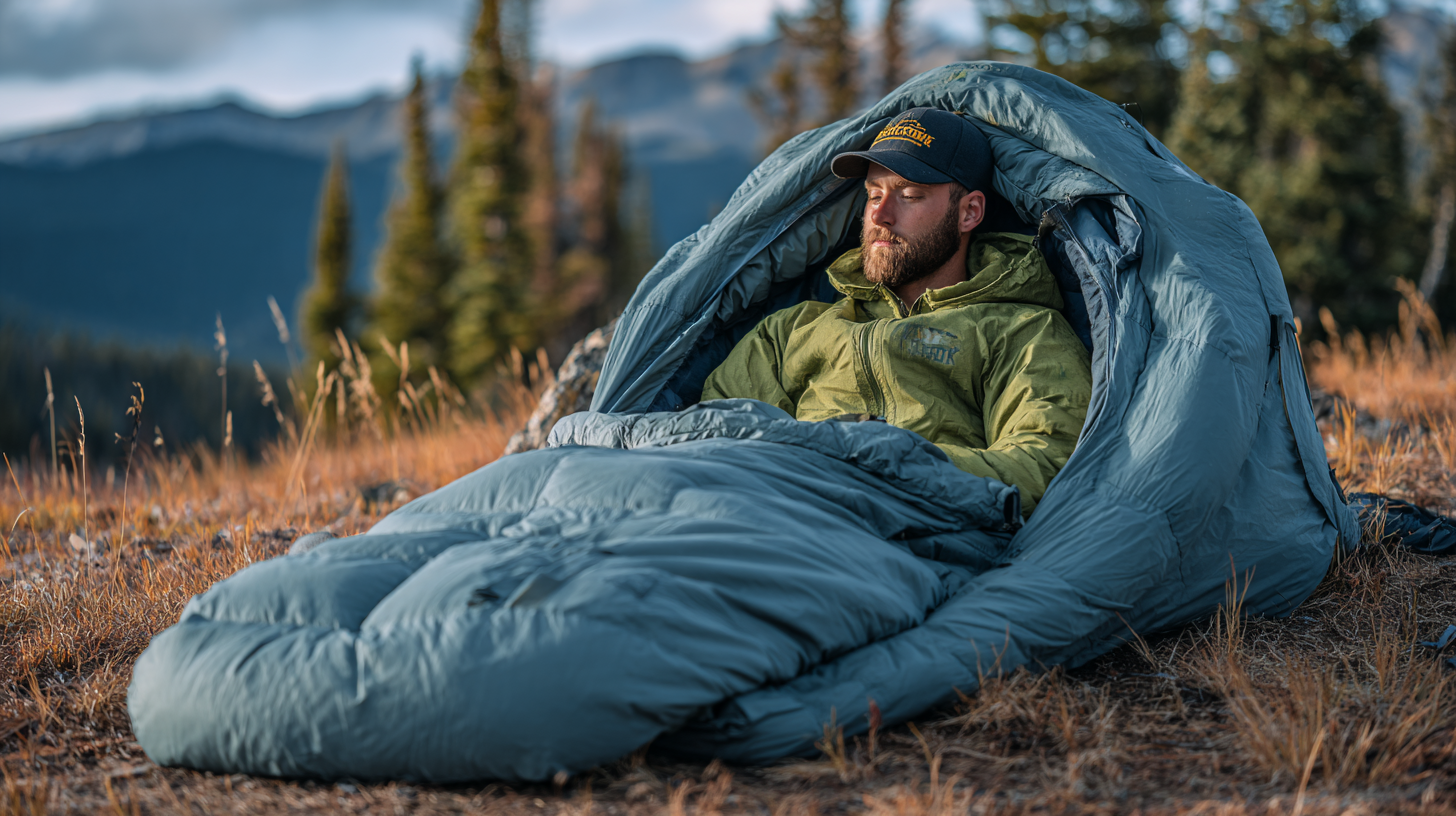 Mummy bags, known for their snug fit, minimize heat loss and are ideal for cold weather camping. According to industry reports, they typically offer a better warmth-to-weight ratio, making them a popular choice among backpackers.
On the other hand, rectangular bags provide more room to move and are generally favored for car camping, where weight is less of a concern.
Mummy bags, known for their snug fit, minimize heat loss and are ideal for cold weather camping. According to industry reports, they typically offer a better warmth-to-weight ratio, making them a popular choice among backpackers.
On the other hand, rectangular bags provide more room to move and are generally favored for car camping, where weight is less of a concern.
Semi-rectangular sleeping bags strike a balance between the two, offering a mix of comfort and warmth.
The latest models feature innovative designs that maximize space while still retaining thermal efficiency. Recent reviews highlight that bags like the semi-rectangular styles excel in versatility, combining a spacious interior with effective insulation properties.
With the best options on the market for 2024 being tested and reviewed extensively, it’s clear that choosing the right shape can significantly enhance your outdoor sleeping experience, catering to both comfort and climatic conditions.
When selecting the best sleeping bags, the fabric choice significantly impacts both durability and comfort. Fabrics can be divided into synthetic and natural categories, each offering distinct advantages. A recent industry report by the Outdoor Industry Association highlights that high-quality
nylon and polyester blend fabrics are often preferred for their water-resistant qualities, reducing moisture retention and enhancing the bag's longevity. These materials typically boast a tensile strength up to 20% greater than standard cotton, making them more resilient against abrasions and tears during rugged adventures.
Moreover, insulation material plays a crucial role in thermal efficiency and overall comfort. According to data from REI Co-op, sleeping bags filled with high-quality down feathers provide superior warmth-to-weight ratios, making them ideal for backpacking trips. A down bag can weigh as little as 1.5 pounds while still offering the warmth equivalent to a heavier synthetic option. However, it is essential to consider treatments like water-repellent coatings on down feathers to maintain performance in humid conditions. By understanding these material characteristics, adventurers can choose sleeping bags that not only enhance comfort but also withstand the rigors of various outdoor activities.
When choosing the perfect sleeping bag for your adventures, it's essential to focus on key features such as zippers, hoods, and pockets. A high-quality zipper not only ensures ease of entry and exit but also reduces the risk of snagging on the fabric. Look for sleeping bags with two-way zippers, as they allow for versatility in temperature regulation. Additionally, consider zippers that have draft tubes to prevent cold air from sneaking in, keeping you warm throughout the night.
The design of the hood is another critical feature that contributes to a good night's sleep in the outdoors. A well-designed hood can significantly enhance insulation, trapping heat around your head and neck. Make sure it is adjustable, allowing you to customize the fit based on your comfort level. Furthermore, pockets can be surprisingly useful; they provide convenient storage for small items like snacks or headlamps, ensuring that essentials are within reach without having to leave your cozy sleeping bag. By prioritizing these features, you can select a sleeping bag that meets both your comfort and functional needs for any adventure.
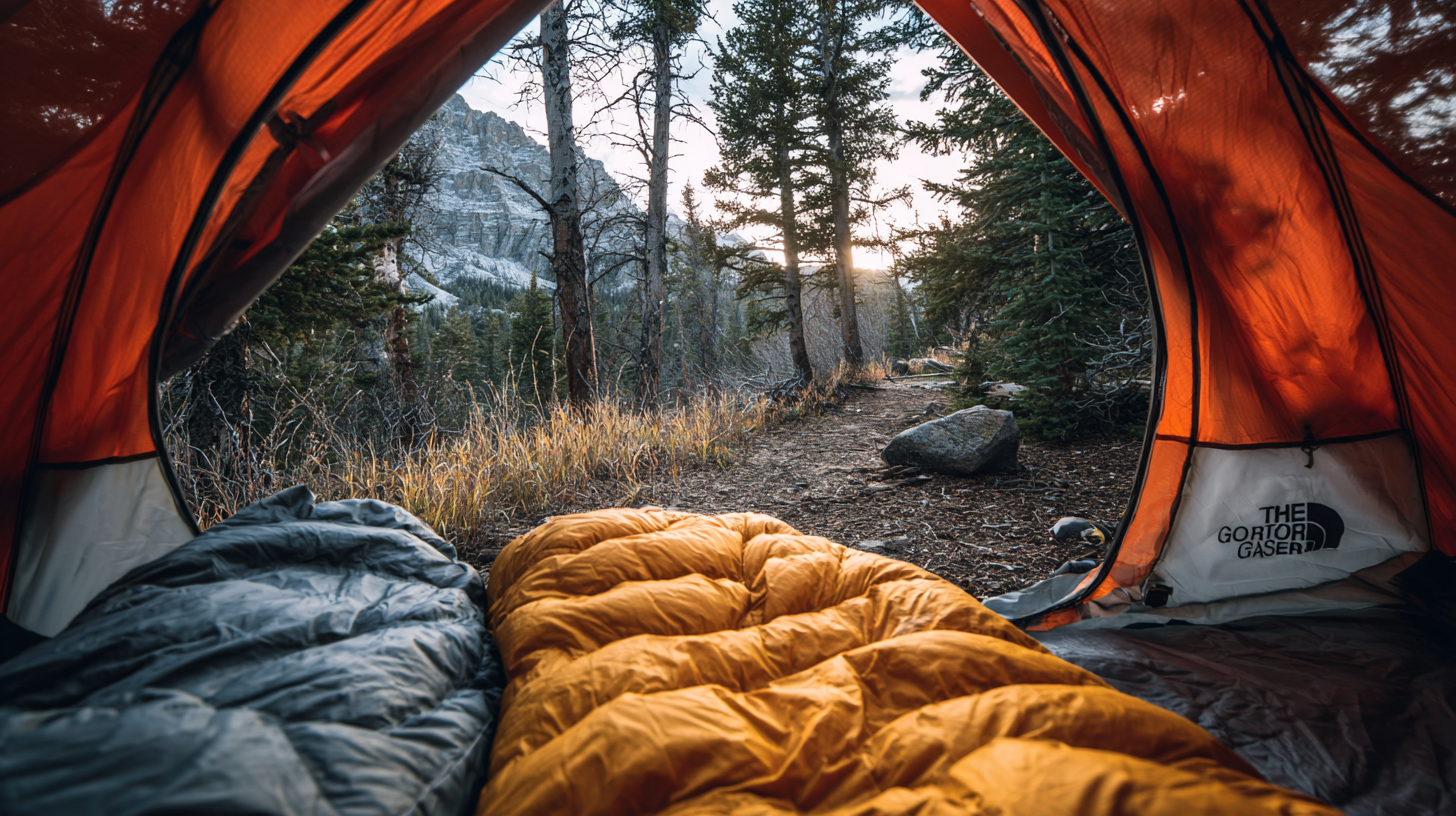
When it comes to ensuring the longevity of your sleeping bag, proper maintenance is crucial. According to the Outdoor Industry Association, a well-cared-for sleeping bag can last up to twice as long as one that is neglected. This means that regular washing and storage can significantly extend its life, saving you money in the long run. It's recommended to wash your sleeping bag at least once a season, following the manufacturer's instructions, typically using a front-loading washer on a gentle cycle with a mild detergent. Avoid fabric softeners, as these can degrade the bag's insulation.
After a long adventure, drying your sleeping bag properly is just as vital. The American Hiking Society suggests air-drying your bag whenever possible to prevent damage from heat. If you must use a dryer, set it to a low heat and include a few clean tennis balls to help fluff the insulation. Additionally, storing the sleeping bag loosely in a breathable cotton sack, rather than in a stuff sack, can prevent compression damage and maintain loft—key for effective insulation during your next outdoor escapade. By taking these simple steps, you can preserve your sleeping bag's performance and durability for many adventures to come.

